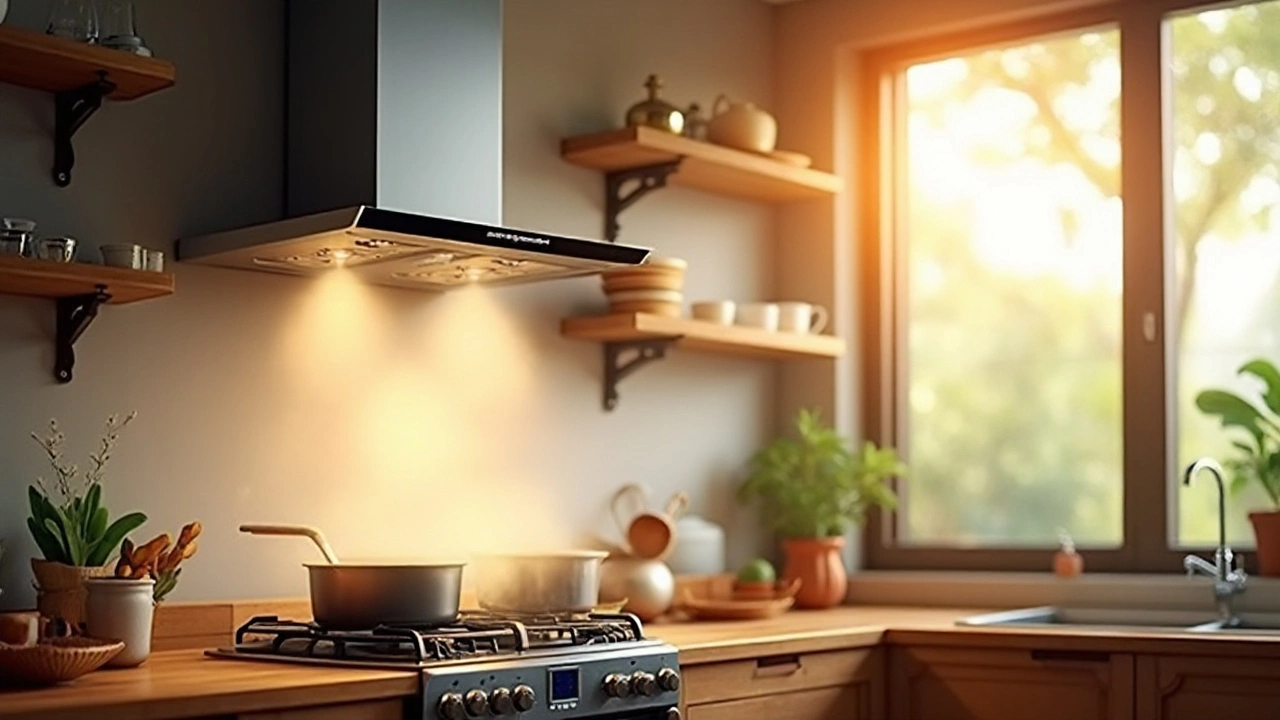An extractor fan is an important element in kitchen ventilation. This article explores the legal requirements for having an extractor fan in your kitchen, considering both health and safety regulations, as well as practical considerations. Learn about different types of extractor fans, their significance in maintaining indoor air quality, and tips for repair and maintenance. Discover how these appliances contribute to a safer and more pleasant cooking environment.
Kitchen Ventilation Made Simple: Keep the Air Fresh and the Fan Running
Ever walked into your kitchen after a big cooking session and felt the heat and smells hanging around like they own the place? That’s a tell‑tale sign your ventilation isn’t doing its job. A good extractor fan clears steam, smoke, and odors fast, so you end up with a cooler, cleaner space. Below you’ll find practical steps to check your fan, keep it in shape, and know exactly when to call a professional.
Common Kitchen Ventilation Problems
Most kitchen fans fail for one of three simple reasons: clogged filters, loose wiring, or worn‑out motor parts. If the fan hums but doesn’t pull air, the filter is probably choked with grease. Pull it out, soak it in warm soapy water, rinse, and let it dry before snapping it back in. Still weak? Look at the fan blades—sometimes debris sticks to them and reduces airflow. A quick wipe with a damp cloth usually does the trick.
Another frequent issue is the fan switching off randomly. That usually points to an overheating motor. When a motor runs hot, a built‑in thermal protector shuts it down to prevent damage. Give the fan a break for 10‑15 minutes, then try again. If the problem repeats, the motor windings might be wearing out, and replacing the whole fan becomes the safer option.
Noise is also a red flag. A rattling sound often means the fan housing has loosened or the mounting screws need tightening. Tighten them with a screwdriver, and be sure the fan sits level on the ceiling or wall. If the noise turns into a grinding whine, the bearings are likely burnt out—time for a new unit.
DIY Maintenance and When to Call a Pro
Routine care takes just a few minutes a month. Turn off the power, remove the filter, clean it, and check the grill for grease buildup. While you’re at it, spray a little non‑conductive cleaner on the motor housing and wipe away any dust. This simple habit can add years to your fan’s life.
When you notice the fan struggling to pull air even after cleaning, or if the motor sparks, don’t risk a DIY fix. Electrical components can be tricky, and a bad repair might turn a small issue into a fire hazard. A qualified technician can test the voltage, replace a faulty PCB, or install a new fan that matches your kitchen’s size and layout.
If your kitchen has a high ceiling or a large cooking range, you might need a more powerful extractor or a ducted system that pushes air outside instead of recirculating it. This is another scenario where a pro’s advice saves you money—oversized fans waste energy, undersized ones never clear the air.
Bottom line: keep the filter clean, tighten loose parts, and listen for odd sounds. If the fan still underperforms, reach out to a trusted repair service. They’ll diagnose the control board, motor, or wiring issues fast, and they can even recommend a better‑suited fan if replacement is the smarter move.
Good kitchen ventilation isn’t a luxury; it protects your health, keeps your appliances running cooler, and stops lingering smells from taking over your home. Follow these easy steps, and you’ll enjoy a fresh, comfortable cooking space without the headache of a busted fan.
